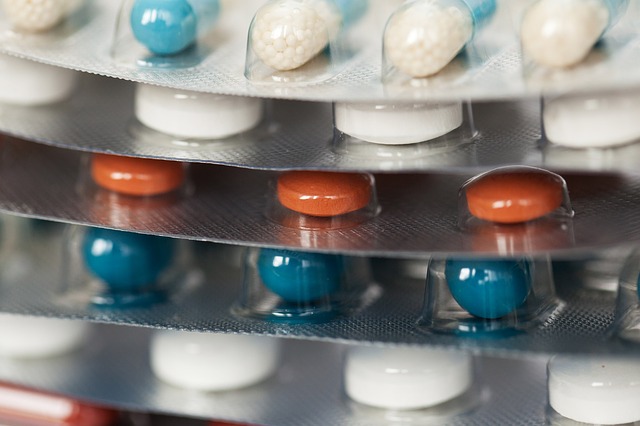Serialisation is an important topic in manufacturing, especially in industries like pharmaceutical manufacturing. What is serialisation, though, and why is it important?
Serialisation involves adding unique serial numbers to products during the manufacturing process. Those serial numbers must be globally recognised so the product can be tracked and traced and/or identified anywhere in the world. Part of the process of serialisation involves applying the unique serial number to the packaging of the product in the form of a 2D or 3D barcode.
Different Types of Serialisation
There are different types or levels of serialisation, depending on the product. Broadly speaking, they fall into three categories:
- Product type serialisation – this applies to goods that have a long shelf life so don’t require the identification of individual units.
- Batch serialisation – this is for products where it is important to identify the product type as well as the manufacturing batch. This applies to perishable consumer goods as well as regulated products. Pharmaceuticals are an example of the latter.
- Unit serialisation – this is where it is important to identify the individual product unit as well as its manufacturing batch and other information.
The unit or batch element of a unique serial number separates products into different manufacturing runs or individual product units. The primary purpose of doing this is to prevent fraud, especially in the pharmaceutical industry. After all, chemically synthesizing drugs to create fraudulent versions is increasingly common. Counterfeit drugs are difficult to track, however, not least because the different elements (the drug itself, the packaging, etc) may be manufactured in different countries.
Serialisation helps to combat counterfeit pharmaceutical products as well as products in other industries.
The Technology
In the past, unit serialisation only existed on high-priced items. Cars are a good example. Modern regulations require a more widespread implementation of serialisation, particularly in industries like pharmaceuticals. New technologies make this not only possible but also affordable.
By the end of 2018, serialisation regulations will cover 75 percent of the prescription medications produced around the world.
While the technology is available, serialisation requires substantial integration of systems in production facilities, particularly in relation to unit and batch serialisation. This integration includes software systems at all levels, printer technologies, tagging technologies, production machines, and readers. Regulations also require the proper storage, management, and reporting of serialisation data.
As a result, serialisation in the pharmaceutical industry is not simply about adding a unique serial number to the products you manufacture. It does involve this, but it also involves generating data that identifies individual products. It also involves storing and managing that data, making it easy to access, often many years after the product leaves the manufacturing line.
Benefits of Serialisation
As mentioned above, one of the primary objectives of serialisation is to prevent fraud. This offers benefits to everyone in society:
- Protects patients from potentially dangerous counterfeit medication
- Protects the business interests of those in the pharmaceutical industry
- Mitigates lost tax revenues for governments
Preventing fraud is not the only advantage of serialisation, however. Here are some other important benefits:
- Enables you to match an individual product to the batch in which it was produced to help you understand issues, improve the service you offer customers, and enhance business performance
- Enables the tracking of products through the entire distribution process, from the manufacturing line to a pharmacist dispensing the medication to an individual
- Helps with the investigation of problems as an individual product can be traced back to its batch on the production line
- Assists in product recall situations
- Enables additional control over products and batches such as, for example, associating an expiry date to the unique serial number of a batch
Serialisation is now a fact of doing business for many industries, including pharmaceutical manufacturing. Ensuring your systems and processes are sufficiently capable is, therefore, essential.






Comments are closed.